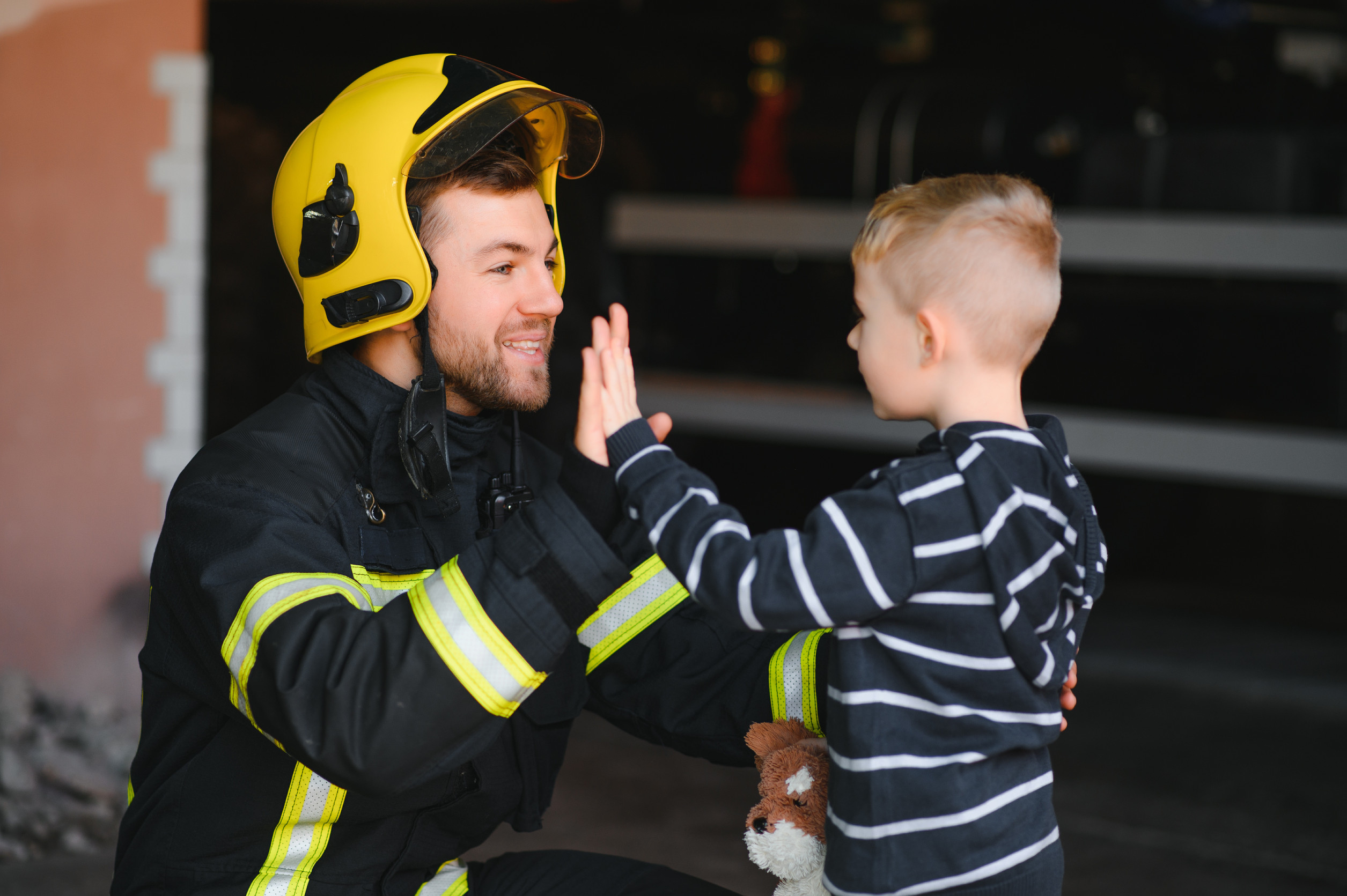
Parenting comes with an ever-present concern: keeping children safe. While we can’t watch them every second, we can equip them with the knowledge to protect themselves. Teaching kids’ essential safety lessons empowers them to make smart decisions and avoid harm. Let’s covers six crucial child safety tips that could make all the difference.
1. Memorizing Key Personal Information
Every child should know their full name, along with their parents’ names, home address, and phone number. These details are vital in case they ever get lost or need help. Make learning fun by turning it into a game or a catchy song. Regular practice ensures they remember this information when it matters most.
2. Recognizing “Tricky People” Instead of Just Strangers
The old “stranger danger” warning is outdated. Studies show that most harm comes from people children already know, not strangers. Instead of focusing on unfamiliar faces, teach kids to recognize concerning behaviors. They should never go anywhere with anyone—even someone they know—without checking with a trusted adult first. Help them identify specific “safe adults” they can turn to if needed.
3. Understanding Body Safety and Consent
Children must learn that their private parts are private. Teach them the correct names for body parts early on so they can communicate clearly if something is wrong. Explain that no one should touch their private areas, and they should never touch others’ private parts. Most importantly, instill the confidence to say “no” to unwanted touch. These lessons lay the foundation for lifelong personal boundaries and safety.
4. What To Do If Lost in Public
Getting separated from a parent in a crowded place can be terrifying. Teach kids to stay where they are rather than wandering aimlessly. Instruct them to look for a safe helper, such as another mom with children, a store employee, or a police officer. Practicing simple scenarios—like asking for help at a store counter—can reduce panic and make them feel more confident in handling such situations.
5. Essential Fire Safety Basics

Fires can happen unexpectedly, so children must understand the basics of fire safety. Teach them the “stop, drop, and roll” method in case their clothing catches fire. Create a family escape plan with at least two exits from each room and a designated safe meeting spot outside. Regularly test smoke alarms together so they recognize the sound and know what to do when they hear it. Reinforce the importance of never hiding during a fire emergency.
6. Navigating Online Safety Wisely
The internet offers fun and learning opportunities, but it also comes with risks. Teach children never to share personal information online, including their full name, address, or school name. Discuss the dangers of clicking on unknown links or downloads, and explain what cyberbullying looks like and how to report it. Encourage open conversations so they feel comfortable coming to a trusted adult with any online concerns. Setting screen time limits and parental controls can further protect them in the digital world.
Building a Lifelong Safety Mindset
Safety conversations shouldn’t happen just once—they should be an ongoing part of growing up. As children get older, adapt safety lessons to match their developmental stage. Role-playing different scenarios helps build confidence and muscle memory so they know how to respond in real situations. By teaching these essential safety tips consistently, parents can empower kids to navigate the world more securely.
What crucial safety tips do you make sure to discuss regularly with your children? Share your thoughts and experiences in the comments below!
Read More:
How Dogs Help with Emotional Regulation in Children
Dogs That Help With ADHD: Training Tips for Parents

Latrice is a dedicated professional with a rich background in social work, complemented by an Associate Degree in the field. Her journey has been uniquely shaped by the rewarding experience of being a stay-at-home mom to her two children, aged 13 and 5. This role has not only been a testament to her commitment to family but has also provided her with invaluable life lessons and insights.
As a mother, Latrice has embraced the opportunity to educate her children on essential life skills, with a special focus on financial literacy, the nuances of life, and the importance of inner peace.
